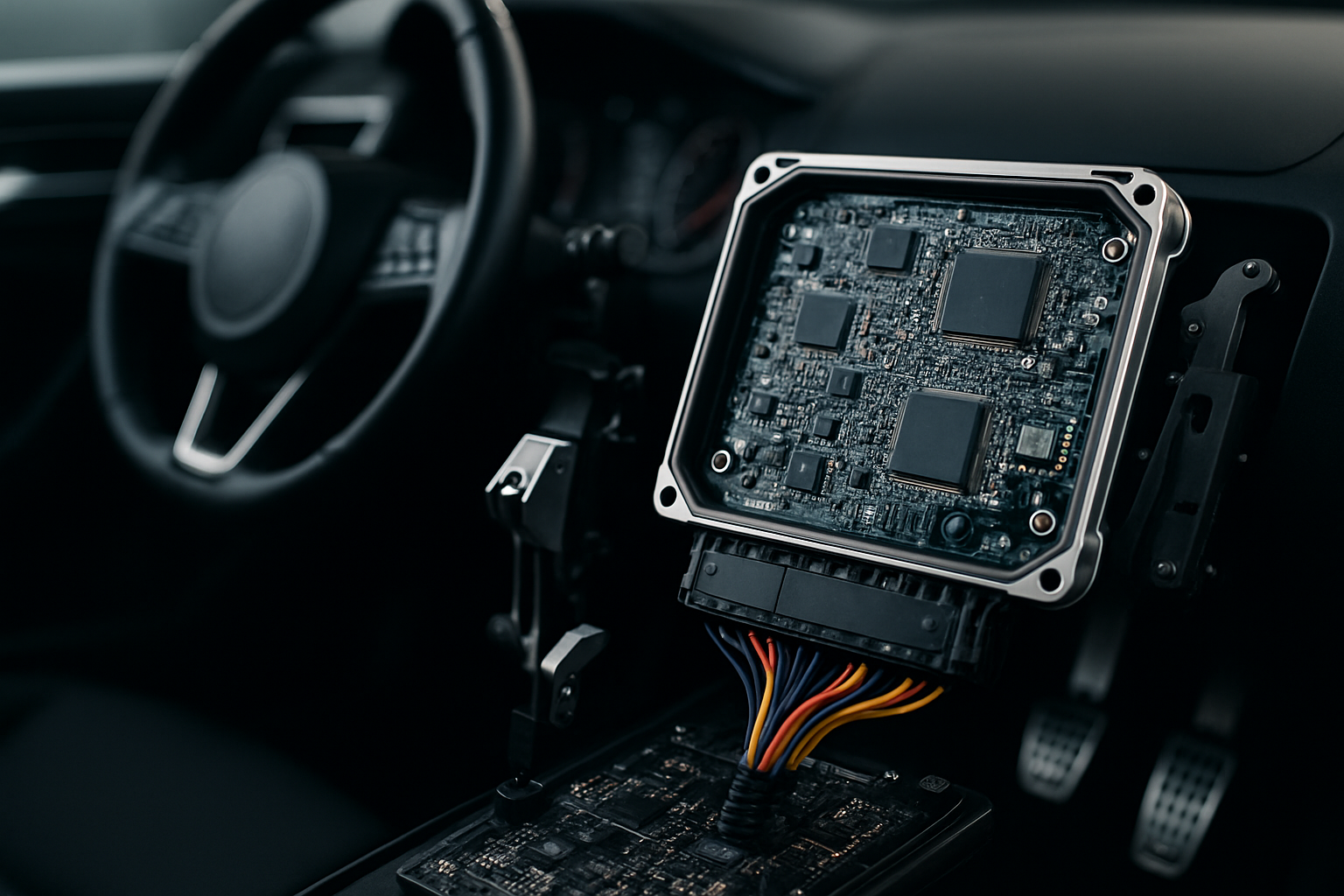The Dawn of Neuromorphic Computing: A Comprehensive Study
Every day, technology takes a new leap, transforming our present into a future we could only dream about. In this relentless pursuit of progress, a new player has emerged on the scene: Neuromorphic computing. But what is it, and why is it causing such a stir in tech circles? In this article, we delve into the origins, current status, and future implications of this groundbreaking technology.

The Genesis of Neuromorphic Computing
Neuromorphic computing is not entirely a new concept. The term was first coined in the late ’80s by Carver Mead, a pioneering electrical engineer. He envisioned it as an approach to create microchips that imitate the human brain’s architecture. Fast forward a few decades, and we are beginning to see this vision come to fruition. Neuromorphic computing, in its simplest terms, aims to mimic the human brain’s functions, enabling computers to learn and adapt in ways previously unimaginable.
Neuromorphic Computing Today
Today, several tech giants, including IBM and Intel, have invested heavily in the development of neuromorphic computing. IBM’s TrueNorth and Intel’s Loihi are a few examples of neuromorphic chips that have seen the light of day. These chips are designed to process information more efficiently than traditional microprocessors, leading to enhanced machine learning capabilities and energy efficiency.
The Market Impact of Neuromorphic Computing
Neuromorphic computing is expected to revolutionize various sectors, including cybersecurity, robotics, and autonomous vehicles. By enhancing machine learning capabilities, neuromorphic computing could lead to the development of more advanced AI systems. Although still in its infancy, the neuromorphic chip market is projected to grow significantly over the next decade. According to a recent report, the global neuromorphic computing market is expected to reach $6.48 billion by 2026.
The Future of Neuromorphic Computing
The future of neuromorphic computing looks promising. As research progresses, these technologies could play a crucial role in developing advanced AI systems capable of complex decision-making and problem-solving. Furthermore, the rise of neuromorphic computing could lead to a new era of energy-efficient computing, potentially transforming the tech landscape as we know it.
Concluding Thoughts
Neuromorphic computing represents a significant leap forward in the world of technology. While the journey is still in its early stages, the possibilities are vast and exciting. As we continue to push the boundaries of what’s possible, neuromorphic computing will undoubtedly be at the forefront of many groundbreaking advancements in the tech sector. The dawn of neuromorphic computing is here, and it’s a dawn filled with promise and potential.





